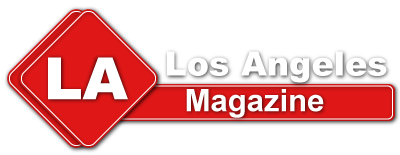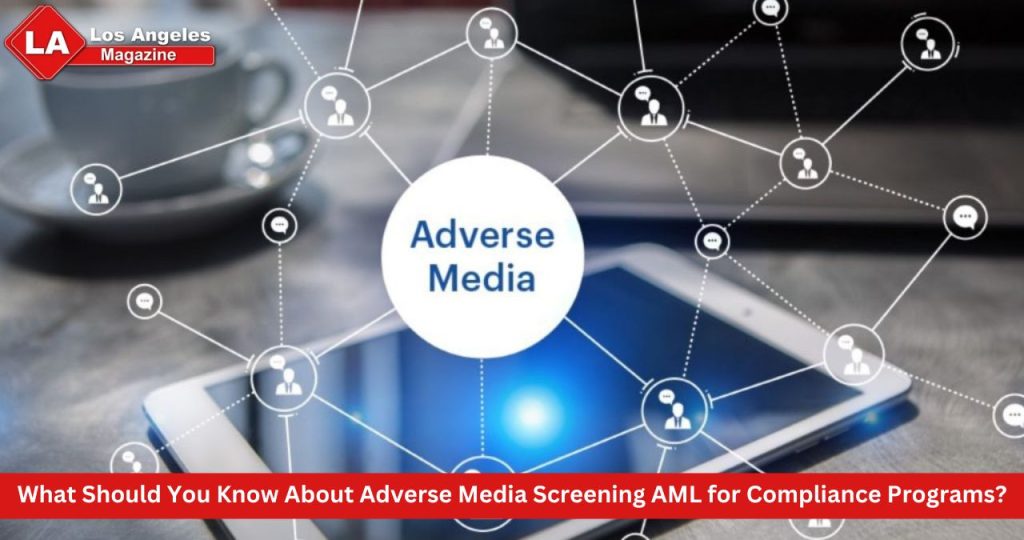Did you know that there are recent trends concerning AML compliance and its adverse media screening requirements?
According to the leading financial genius Warren Buffet, “Risk originates from ignorance.” Proposed measures of adverse media screening mean that businesses working in the global market must ensure adequate information on risks and compliance issues.
AML compliance requires that a company engage in adverse media screening for its clients. It is a process of following the news in various media sources periodically. The goal is to find out the negative information and red flags connected with the customers, business partners, or other relevant parties.
This screening makes organizations safe from any forms of threats that they may not know that the people or the organizations they are dealing with pose an extreme risk to them.
This article will explore Adverse media screening AML as an important element for compliance, along with all its strengths and weaknesses.
What is Adverse media screening?
AMS is the process of looking for any bad or negative information regarding the people and companies with which you deal. This is very useful for your AML compliance program at that.
Negative media screening often called adverse media screening or screening for negative news for AML purposes, is a process in which different media sources are scrutinized in an attempt to find something wrong.
In 2024, more than 40% of financial companies apply automated tools for adverse media screening to enhance their compliance.
Bonus: Contact us to enhance your organization’s ability to meet AML compliance with the right adverse media screening solution.
Role of Adverse Media in AML
The analysis of the content of the media is an integral component of all effective programs against money laundering. Why? Because it’s useful for managing risks and threats to your business as it ensures you’re updated with them.
When you do these negative media checks, you are able to find out things such as criminal background and regulatory offenses against the people and companies you are doing business with.
It is crucial to provide a negative media screening AML since its violation could severely harm your business, attract penalties, or lower your level of compliance with existing laws and regulations.
A recent report demonstrates that 78% of financial institutions practice adverse media checks in order to decrease risks.
Adverse Media Screening Policies and Guidelines
Authorities and financial supervisors do not look to adverse media screening lightly in relation to AML compliance. They compel business organizations to monitor for any bad or negative information frequently.
If these regulatory conditions with respect to screening of adverse media for AML are not met, there are steep penalties.
In 2023, global fines for AML reached over $2 billion, and many of the penalties arose from poor adverse media search processes.
Challenges in Screening of Adverse Media
Conducting adverse media screening for AML might be difficult. It might be challenging to go through the abundance of information and decide what is important to you.
There are added complications in regard to language translations and different media sources in other countries.
In 2023, 42% of compliance teams consider negative news screening AML as one of the most difficult activities linked with AML.
Retaining compliance with adverse media checks is a testament to commitment and appropriate skills.
Advantages of Proper Adverse Media Screening
The work of adverse media screening for AML pays off. When done right, you’re given a much clearer look at the sorts of risks that you might be willing to take on.
One strategy to protect your firm from legal and reputational dangers that might lead it to ruin is to use adverse media checks for AML.
When selecting a contractor to deal with, Adverse media checks for AML save you time and give you peace of mind that you are making the proper choices.
By 2023, 78% of compliance experts said that high-risk screening companies needed to use adverse media screening.
Adverse Media Screening as a Feature of Compliance Programs
AML compliance screening makes use of adverse media screening as one of the significant parts of compliance programs since it is very important as an effective compliance program.
The use of adverse media screening as one of the compliance strategies enables one to monitor risks within an organization.
It must be integrated into your compliance, CDD, and Transaction Monitoring. This safeguards your operations while still ensuring legal compliance within your business.
Currently, 85% of financial organizations make use of adverse media screening to identify risks associated with customers.
Adverse Media Screening Checklist
To get the optimum benefits, we need to follow some rules or standards while conducting adverse media screening for AML.
Look at as many different media sources as possible. Do not stick with Google only. Remember to look out for new information, as things may change constantly.
Ensure that you record your adverse media screening process. This is also wise as it points to having professionals who understand the test on the team to interpret the results.
Contact us to make sure that your adverse media screening program complies with all the necessary regulations for the finance business. Adverse Media checks require effort, but it’s necessary for your business. By staying updated and integrating these checks, you can protect your business and ensure success.



